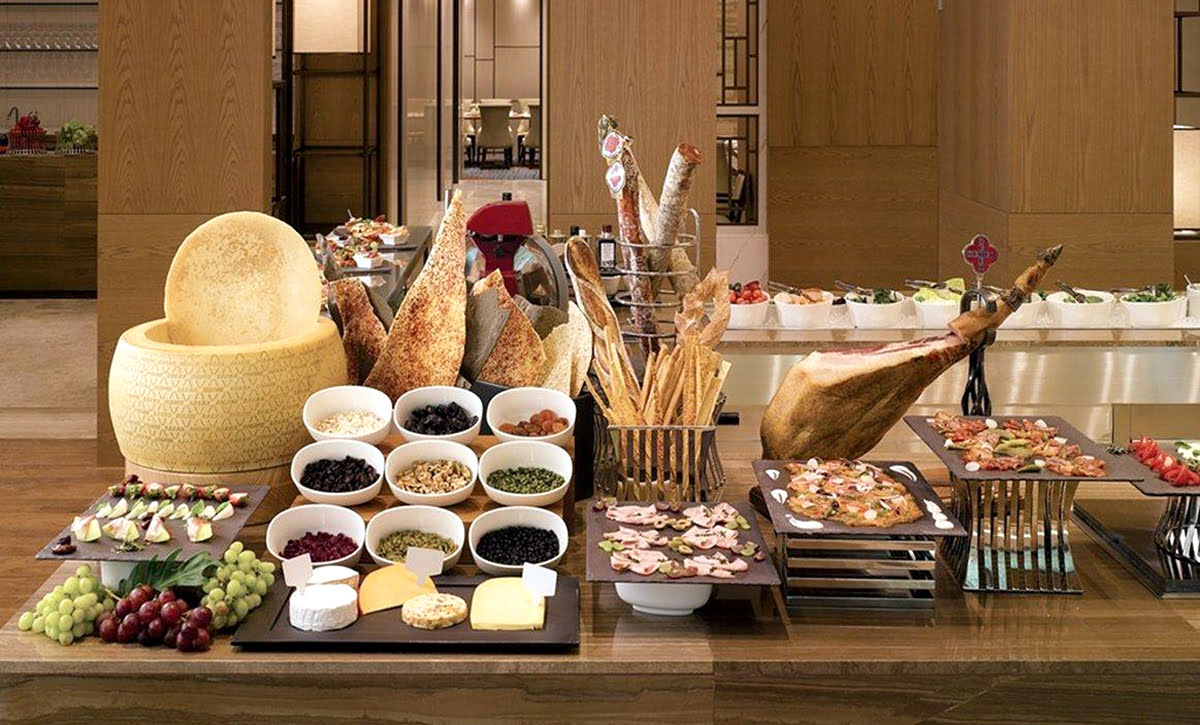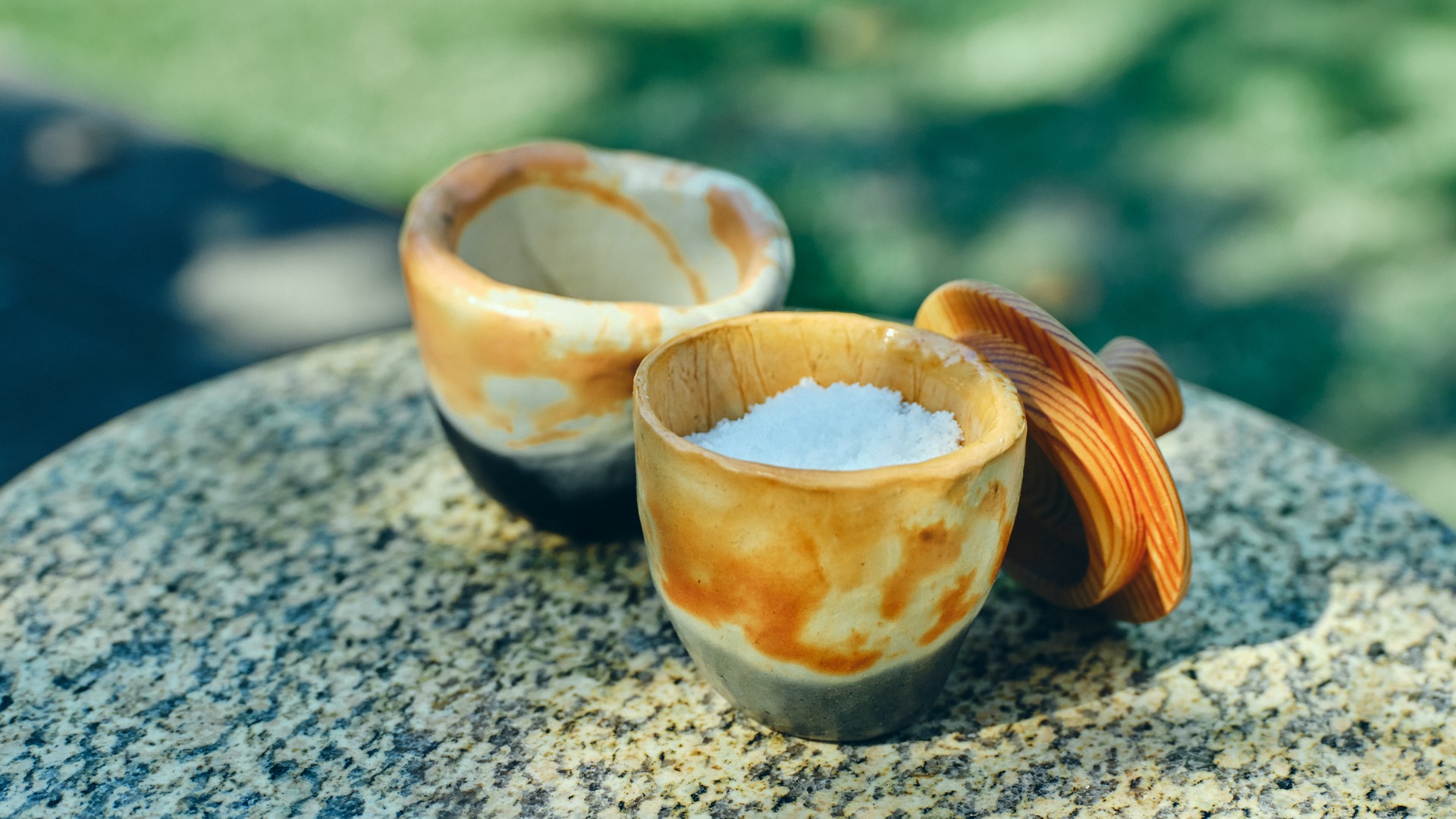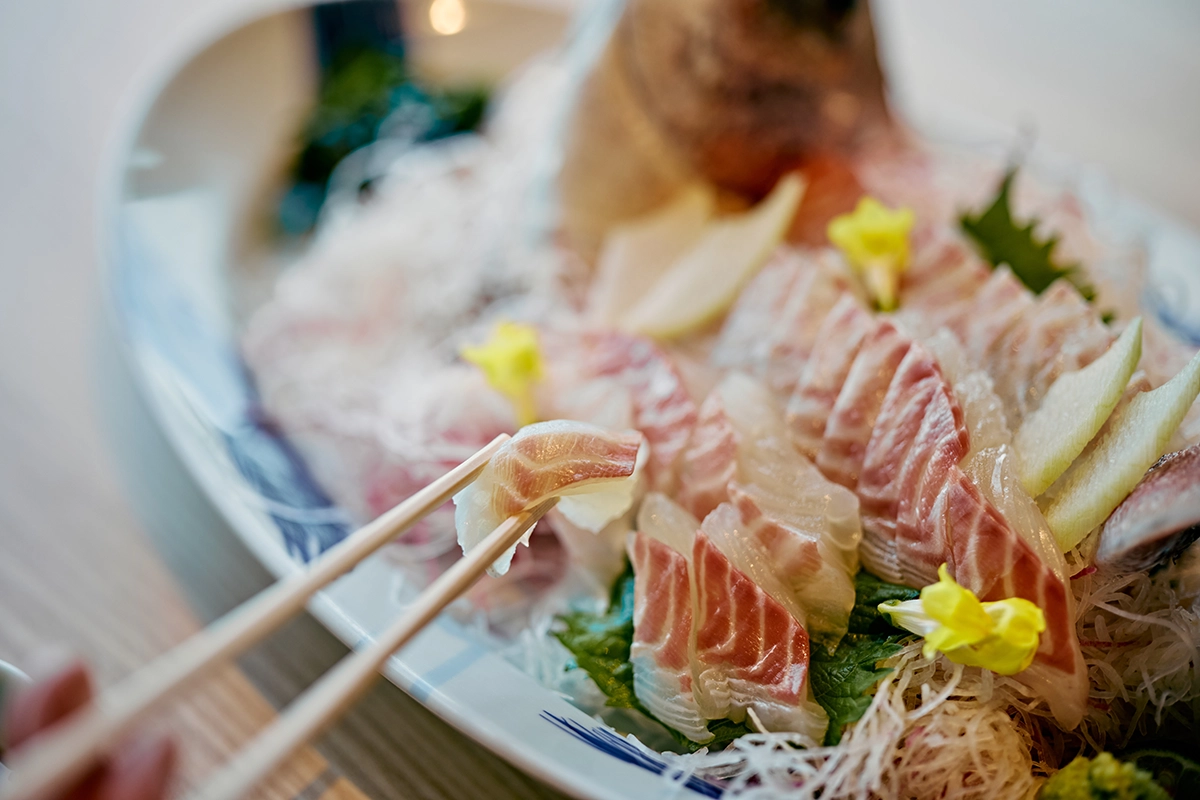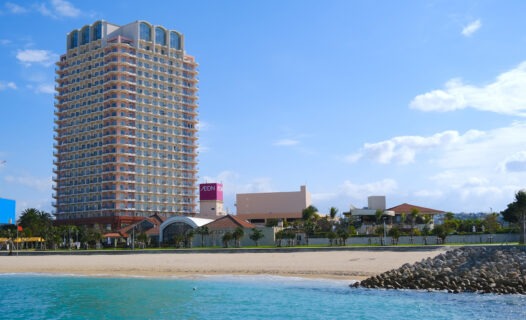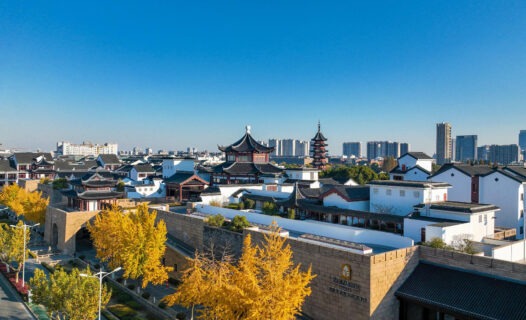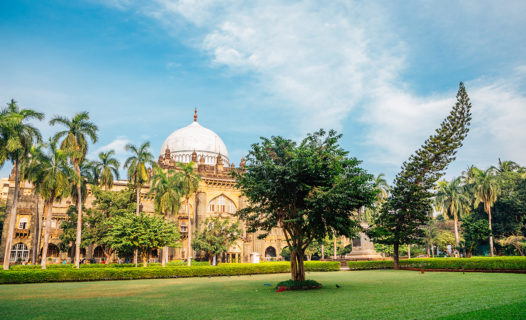Introduction to the Seoul Food Festival: A Culinary Celebration
Get ready to indulge in a feast for the senses at the Seoul Food Festival, one of the most anticipated culinary events of the year! This vibrant festival, held every fall, showcases the rich tapestry of flavors that define Seoul’s unique food culture. From traditional Korean dishes to innovative culinary creations, the festival is a celebration of everything delicious. Whether you’re a seasoned foodie or just looking to explore, there’s something for everyone at this exciting event.
As the leaves turn golden and the air becomes crisp, Seoul transforms into a culinary haven. The festival not only highlights local chefs and restaurants but also plays a significant role in promoting local businesses and boosting tourism. Expect a delightful mix of food stalls, cooking demonstrations, and tasting events that will take you on a culinary adventure like no other. This fall, prepare to savor the best of Seoul’s culinary experiences as the city comes alive with flavors and aromas that will tantalize your taste buds.
At the Seoul Food Festival, visitors can immerse themselves in a variety of activities, from sampling street food delights to enjoying gourmet meals prepared by renowned chefs. It’s a fantastic opportunity to meet local vendors, learn about seasonal ingredients, and discover the stories behind the dishes that make Seoul a food lover’s paradise. So mark your calendars and get ready for a culinary celebration that promises to be both fun and delicious!
Discover the Best Restaurants in Seoul: A Food Lover’s Paradise
Seoul is a treasure trove for food enthusiasts, boasting an impressive array of dining options that cater to every palate. Whether you’re craving authentic Korean cuisine or international flavors, the city has it all. Here’s a curated list of must-try restaurants that will make your culinary journey unforgettable.
Top Korean Cuisine Spots: Traditional Delights
Start your gastronomic adventure with some of the best Korean restaurants in the city. One standout is Jinju Jip, famous for its mouthwatering bibimbap and bulgogi. Another gem is Gwangjang Market, where you can sample traditional street food like bindaetteok (mung bean pancakes) and tteokbokki (spicy rice cakes). These establishments not only serve delicious meals but also provide a glimpse into Korea’s rich culinary heritage.
Trendy International Eateries: A Global Taste
If you’re in the mood for something different, Seoul’s international dining scene won’t disappoint. Head over to Vatos Urban Tacos for a delightful fusion of Korean and Mexican flavors. Their kimchi fries and pork belly tacos are must-tries! For a taste of Italy, visit Osteria Francescana, where traditional Italian dishes are given a modern twist. These trendy spots reflect Seoul’s diverse food culture and are perfect for those looking to explore beyond traditional Korean fare.
Hidden Gem Restaurants: Off the Beaten Path
For those seeking unique dining experiences, Seoul is filled with hidden gems waiting to be discovered. Chungmu Gukbap is a local favorite, known for its hearty gukbap (soup with rice) that warms the soul. Another hidden treasure is Samcheonggak, a serene restaurant nestled in the mountains, offering stunning views and traditional Korean dishes made from fresh, local ingredients. These off-the-beaten-path restaurants provide a more intimate dining experience and a chance to connect with the local culture.
With such a rich selection of dining options, Seoul truly is a food lover’s paradise. Don’t miss out on the chance to explore these culinary delights during your visit!
Seoul Food Scene: A Culinary Journey Through the City
Seoul’s food scene is an exhilarating blend of tradition and innovation, where every street corner offers a new flavor adventure. Whether you’re wandering through bustling markets or dining in upscale restaurants, the city is a canvas painted with culinary delights. With a focus on fresh ingredients and bold flavors, Seoul’s cuisine reflects both its rich heritage and modern influences. Get ready to explore the diverse world of Seoul’s food culture, from street food to fine dining!
The Rise of Plant-Based Dining: Vegan Restaurants in Seoul
As the global trend toward plant-based eating continues to gain momentum, Seoul has embraced this culinary shift with a plethora of vegan restaurants. One standout is Plant, a cozy spot in Itaewon known for its delicious vegan burgers and decadent desserts. Another favorite is Oseyo, where you can savor dishes made with fresh, organic ingredients, proving that plant-based dining can be both healthy and incredibly satisfying. Whether you’re a lifelong vegan or just curious about this vibrant scene, Seoul offers a delightful array of options that will leave you craving more!
Street Food Hotspots: Must-Try Snacks
No visit to Seoul is complete without indulging in its famed street food! Head to Myeongdong, where you can find an endless array of stalls serving up everything from hotteok (sweet pancakes) to odeng (fish cake skewers). Don’t forget to try the iconic korean fried chicken at Yangnyeom Chicken, a local favorite. For something truly unique, sample croffles (croissant waffles) at a trendy café. Each bite is a taste of Seoul’s vibrant street food culture!
Fine Dining Experiences: Michelin Star Restaurants
If you’re looking to elevate your culinary experience, Seoul’s fine dining scene is not to be missed. Jungsik, a two-Michelin-star restaurant, offers a modern take on traditional Korean cuisine, showcasing seasonal ingredients in beautifully presented dishes. For a unique dining journey, La Yeon at the Shilla Hotel serves exquisite Korean dishes with an emphasis on local flavors and artistic presentation. These restaurants not only provide a meal but a memorable experience that highlights the artistry of Korean cooking.
Seasonal Food in Seoul: What to Savor This Fall
As autumn settles in, Seoul’s culinary offerings transform to reflect the season. This is the perfect time to explore the flavors and ingredients that define fall in Korea. With a focus on seasonal produce, local markets become a treasure trove of fresh ingredients that inspire chefs and home cooks alike.
Autumn Ingredients: What’s Fresh and Local
Fall brings a bounty of ingredients that are at their peak in Seoul. Look for persimmons, chestnuts, and pumpkins at local markets, which are perfect for creating hearty dishes. Kimchi, a staple of Korean cuisine, also gets a seasonal boost with the addition of fresh ingredients from the autumn harvest. Be sure to try songpyeon, traditional rice cakes filled with sweetened sesame or chestnut paste, which are particularly popular during the Chuseok holiday.
Traditional Dishes to Try This Fall
As the weather cools, hearty dishes take center stage. Warm up with a bowl of samgyetang (ginseng chicken soup), a comforting dish perfect for chilly evenings. Another must-try is baekban, a traditional Korean meal featuring a variety of side dishes that highlight seasonal ingredients. These dishes not only nourish the body but also connect you to the rich culinary traditions of Korea.
Food Festivals Celebrating Seasonal Flavors
Fall is the perfect time to indulge in food festivals that celebrate seasonal flavors. In addition to the Seoul Food Festival, keep an eye out for events like the Kimjang Festival, where locals come together to prepare kimchi for the winter months. This festival is a fantastic opportunity to learn about the kimchi-making process and taste various regional varieties. Participating in these festivals is a wonderful way to immerse yourself in Korean culture and culinary traditions.
Day-by-Day Itinerary for the Seoul Food Festival
Ready to make the most of your time at the Seoul Food Festival? Here’s a day-by-day itinerary to ensure you experience the best of what the festival has to offer, along with some top dining spots to check out!
Day 1: Kickoff at Seoul Restaurant Week
Start your culinary adventure with a visit to Seoul Restaurant Week, where you can sample special menus from various top restaurants at a discounted price. Be sure to try the set menus offered by renowned chefs and enjoy the vibrant atmosphere filled with food lovers. Afterward, head to Gwangjang Market for some late-night street food snacking!
Day 2: Exploring Market Tours and Local Flavors
Join a guided market tour to discover the hidden gems of Seoul’s food scene. Visit Noryangjin Fish Market to see the freshest seafood and perhaps try some live octopus! Later, enjoy a cooking class where you’ll learn to make traditional Korean dishes using local ingredients. Wrap up your day with a visit to a hanok (traditional Korean house) café for a cozy evening.
Day 3: Gourmet Tours with Celebrity Chefs
On the third day, take part in exclusive gourmet tours led by celebrity chefs. Experience unique tasting menus that highlight the best of seasonal ingredients. Afterward, indulge in a fine dining experience at Jungsik or La Yeon to savor modern Korean cuisine at its finest. This is a day to truly treat yourself!
Day 4: Street Food Adventure in Popular Districts
Get ready for a street food extravaganza! Spend the day exploring popular districts like Myeongdong and Hongdae, sampling everything from korean corn dogs to tteokbokki. Don’t forget to take plenty of photos for your food blog! As the sun sets, find a lively night market to enjoy the vibrant atmosphere.
Day 5: Fine Dining Experience at Michelin-Starred Restaurants
Wrap up your festival experience with a reservation at a Michelin-starred restaurant like Gaon or Minjae. Enjoy a multi-course meal that showcases the best of Korean culinary artistry. This final evening is the perfect way to reflect on your culinary journey through Seoul and savor the flavors you’ve discovered.
Fun Facts About Seoul’s Culinary Culture
Did you know that Seoul has over 100,000 restaurants? That’s a whole lot of dining options! Here are some fun facts that highlight the uniqueness of Seoul’s culinary culture:
- Kimchi is not just a side dish; it’s a staple of Korean cuisine and is served with almost every meal.
- The city is home to the world’s largest street food market, Gwangjang Market, where you can find everything from bindaetteok to soondae (blood sausage).
- Seoul’s food scene is incredibly diverse, with influences from all over the world, making it a melting pot of flavors and cuisines.
- There are specific food tours available that focus on different neighborhoods, allowing you to taste the local specialties!
Festivals and Events Coverage: What’s Happening in Seoul
Beyond the Seoul Food Festival, the city hosts a variety of food-related events throughout the year. Here’s a quick look at some annual food festivals and special culinary events to keep an eye out for:
Annual Food Festivals: Dates and Highlights
Mark your calendars for the Seoul Kimjang Festival in November, where you can witness the traditional preparation of kimchi. Another exciting event is the Seoul Food and Nutrition Expo, showcasing the latest trends in healthy eating and food innovation. These events provide a great opportunity to learn more about Korean food culture while tasting delicious offerings!
Special Culinary Events to Look Out For
Keep an eye out for pop-up dining experiences and chef collaborations happening throughout the city. Many restaurants host special events featuring guest chefs or themed menus that highlight seasonal ingredients. These unique culinary experiences are perfect for adventurous eaters looking to try something new!
Practical Information for Travelers: Tips for Enjoying Seoul’s Food Scene
Ready to explore Seoul’s culinary landscape? Here are some essential tips to enhance your dining experience:
How to Make Reservations at Popular Restaurants
Many of Seoul’s top restaurants require reservations, especially during peak dining hours. It’s best to book in advance, either through their website or by calling directly. Some restaurants even offer online booking through apps, making it easier to secure your spot!
Understanding Korean Dining Etiquette
Dining in Korea comes with its own set of etiquette rules. For example, it’s customary to wait for the eldest person at the table to start eating first. Also, be sure to use both hands when passing or receiving drinks as a sign of respect. Familiarizing yourself with these customs will enhance your dining experience and show respect for local traditions.
Best Times to Visit Restaurants
Lunch hours in Seoul are typically from 11 AM to 2 PM, while dinner is served from 5 PM to 9 PM. If you want to avoid long waits, consider dining during off-peak hours. Late-night dining is also popular in Seoul, with many restaurants staying open until 2 AM or later!
Transportation Details: Getting Around Seoul for Food Lovers
Getting around Seoul is a breeze, thanks to its efficient public transportation system. The subway is the fastest way to reach various dining spots and festival events. Purchase a T-money card for easy access to buses and subways, and don’t forget to download a navigation app to help you find your way!
Using Public Transport to Reach Festival Events and Restaurants
Most festival venues and popular restaurants are conveniently located near subway stations. Be sure to check the subway map and plan your route ahead of time. If you’re venturing out to more remote dining spots, taxis are readily available and affordable.
Safety and Health Guidelines for Food Travelers
Traveling to Seoul is generally safe, but it’s always wise to take standard precautions. Here are some important health tips for food travelers:
Current Health Information Relevant to Food Safety
Make sure to wash your hands regularly and carry hand sanitizer, especially when sampling street food. It’s also a good idea to check food hygiene ratings at restaurants. Most places take food safety seriously, but being aware of your surroundings will help you enjoy your culinary adventure without worry!
Commonly Asked Questions (FAQs) About the Seoul Food Festival
Here are some frequently asked questions to help you plan your visit to the Seoul Food Festival:
What is the Seoul Food Festival?
The Seoul Food Festival is an annual culinary event celebrating the city’s diverse food culture, featuring local vendors, cooking demonstrations, and tasting events.
When does the festival take place?
The festival typically occurs in the fall, coinciding with the harvest season and showcasing seasonal ingredients.
Are there any entry fees for the festival?
Most events within the festival are free to attend, but some special tastings or workshops may require tickets.
What are the must-try dishes at the festival?
Be sure to sample traditional Korean dishes like kimchi, bulgogi, and various street food offerings. Don’t miss out on seasonal specialties!
Conclusion
Seoul is a city that invites you to explore its culinary wonders. From the lively atmosphere of the Seoul Food Festival to the hidden gems tucked away in its neighborhoods, every meal is an opportunity for adventure. So pack your bags, bring your appetite, and get ready to create unforgettable memories in the heart of Korea’s food scene!

